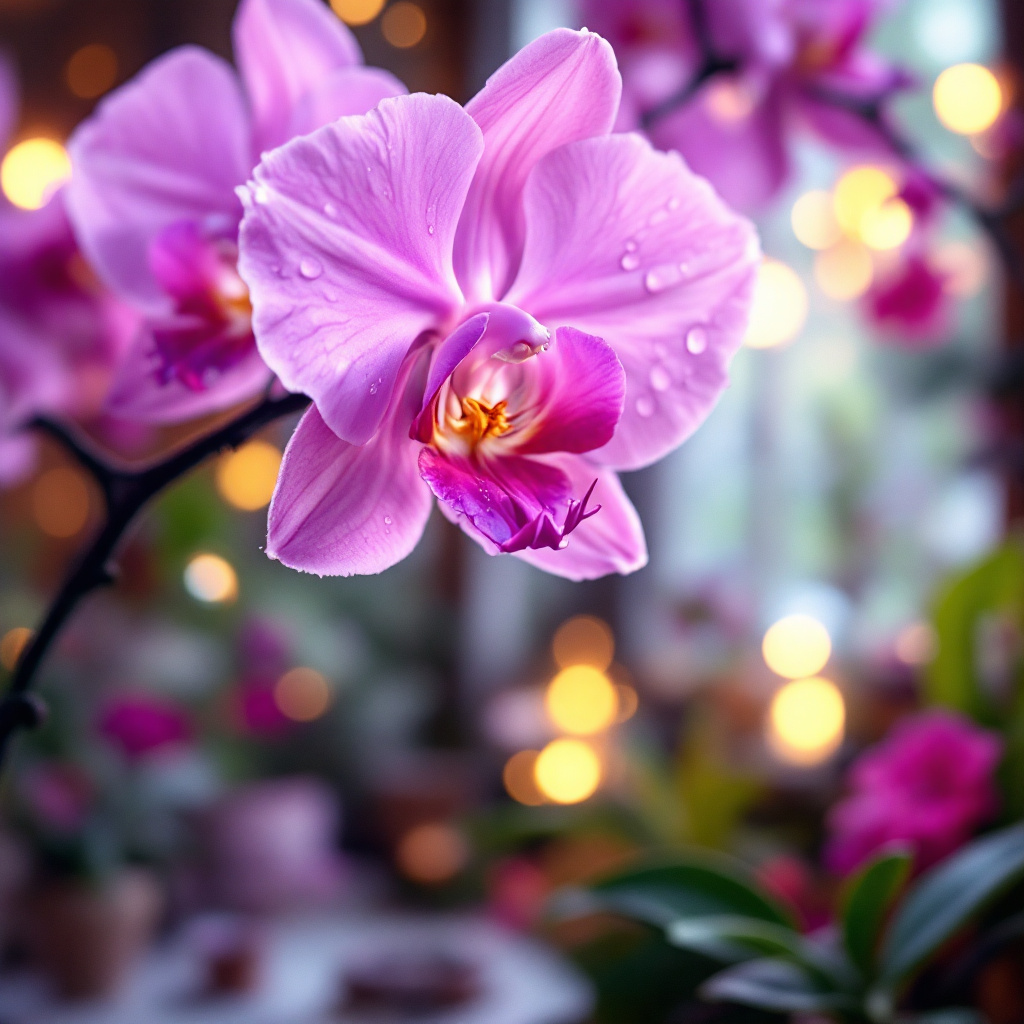The Symbolism of Orchids in Ancient Cultures
Orchids, with their exquisite flowers and diverse forms, have captured the imagination of many ancient civilizations. In Greek culture, orchids were associated with beauty and luxury, often reserved for the elite due to their scarcity in the wild. The Greeks even believed that the name ‘orchid’ derived from the Greek word ‘orchis,’ which means testicle, as the shape of some orchid tubers resembled male genitalia. This connection infused the flower with notions of virility and fertility, making it a prominent symbol in various myths and rituals.
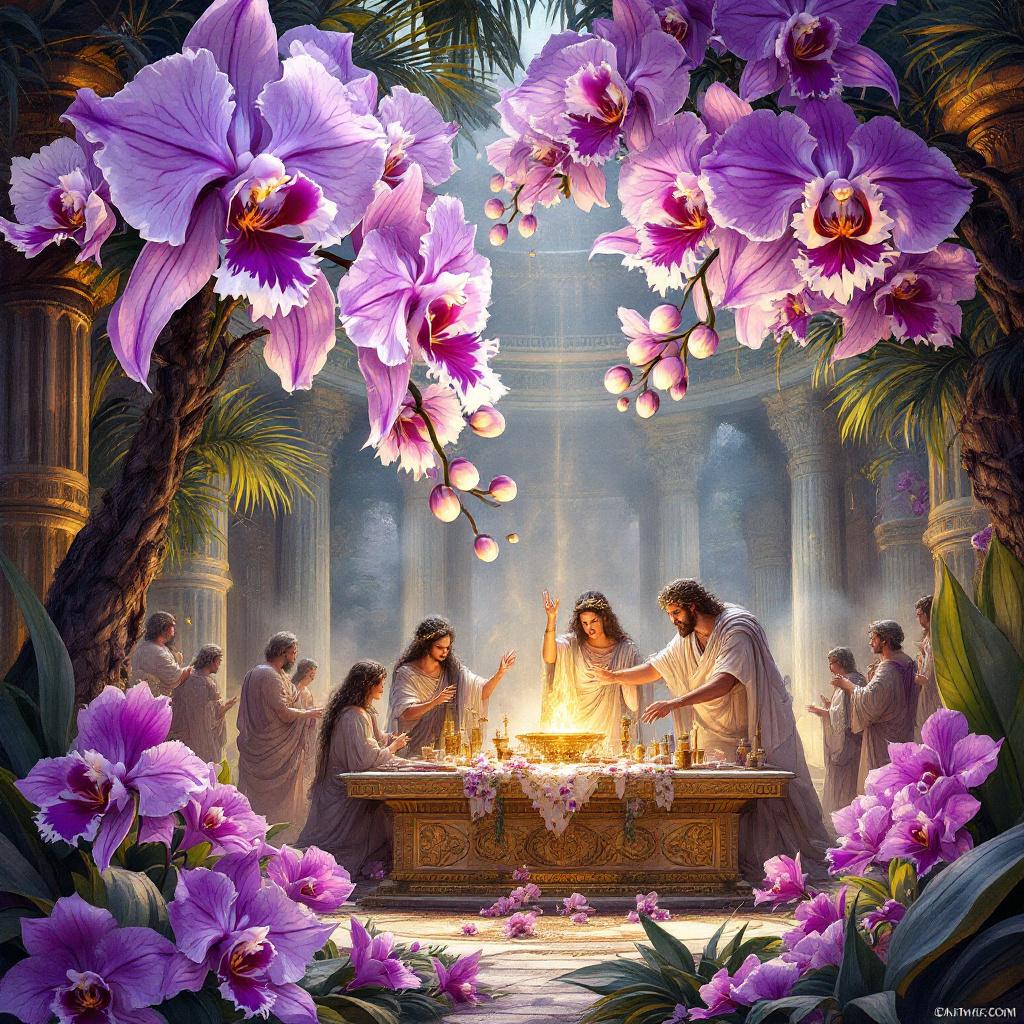
In Chinese culture, orchids held a profound significance, embodying elegance, nobility, and the imperfections of beauty. The ancient Chinese viewed orchids as symbols of refinement and loyalty, often representing the ideal virtuous woman. Additionally, orchids were commonly used in traditional Chinese medicine, believed to have healing properties and utilized to treat various ailments. This medicinal aspect further promoted their status as sacred flora, often included in offerings to deities and ancestors, reiterating their importance in rituals and celebrations.
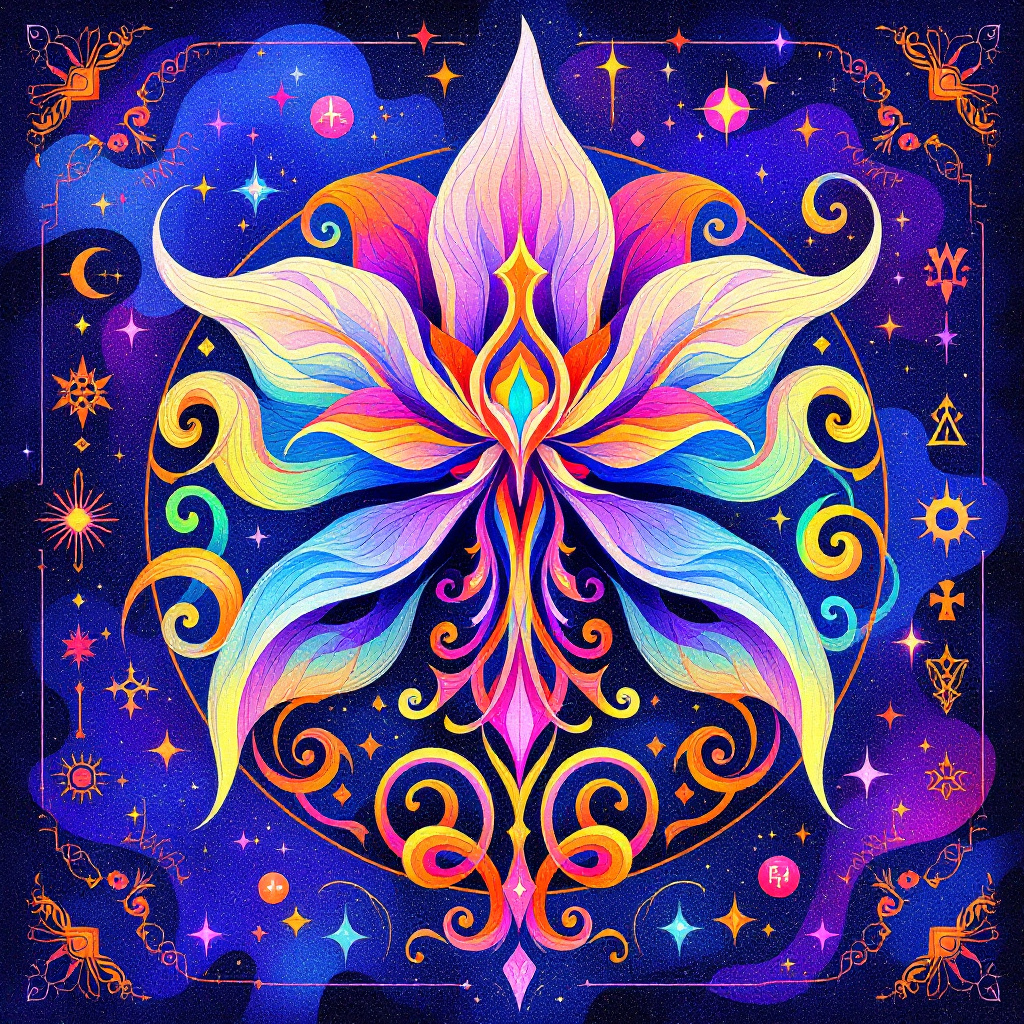
The Aztecs revered orchids as well, associating them with fertility and abundance. They cultivated them extensively and utilized their vibrant flowers in ceremonial contexts, often incorporating orchids into their intricate rituals. The Aztecs believed that these flowers had profound connections to the divine, enhancing their socio-religious practices while also signifying beauty and grace. Overall, orchids permeated the lives of these ancient cultures, serving as crucial symbols that represented beauty, fertility, and divine connection across varying mythologies and practices.
Orchids in the Renaissance and Enlightenment
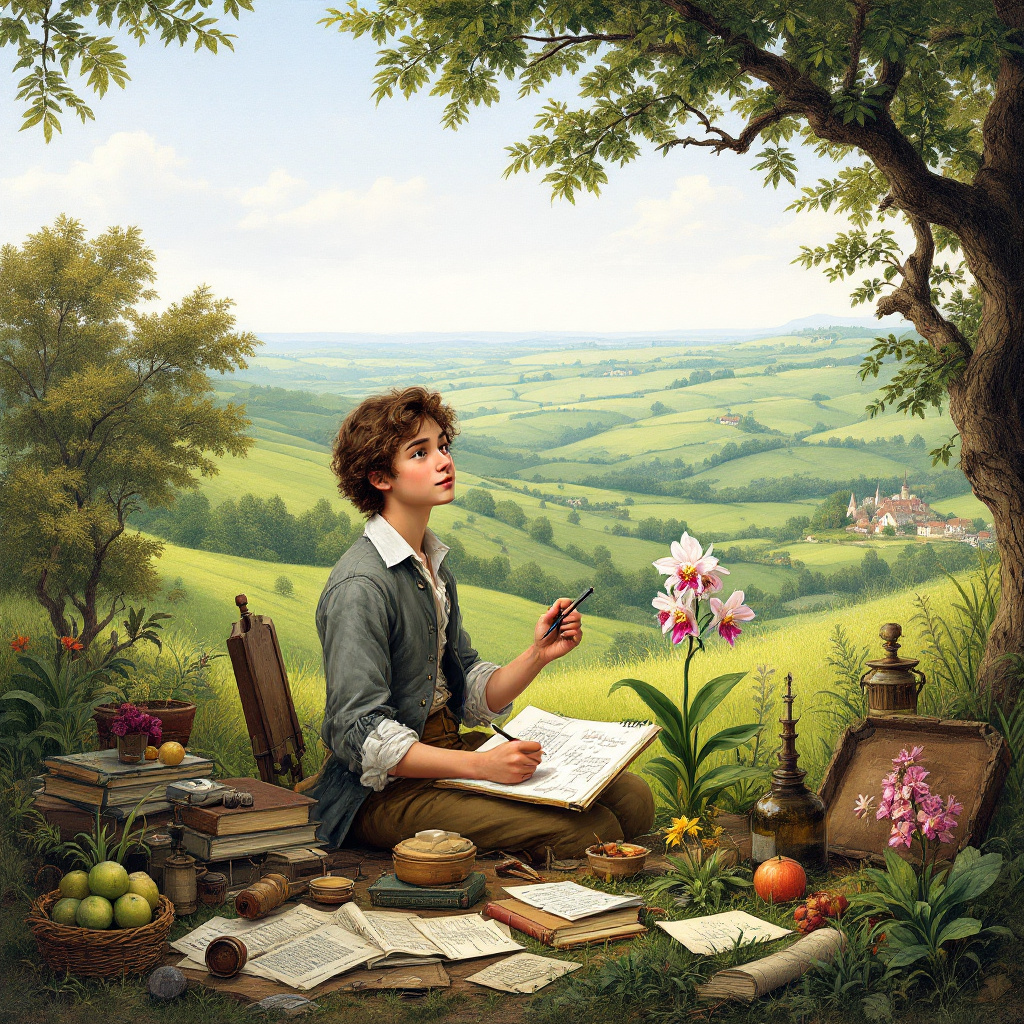
The Renaissance and Enlightenment periods marked a significant transition in art, literature, and the appreciation of nature, with orchids emerging as prominent symbols within these cultural movements. Artists and writers of this era were notably captivated by the exotic beauty of orchids, often depicting them in their works to evoke themes of elegance and allure. The fascination with these delicate flowers can be traced back to their association with luxury and rarity, as orchids were often sourced from far-flung regions, embodying the spirit of exploration and discovery prevalent during these times.
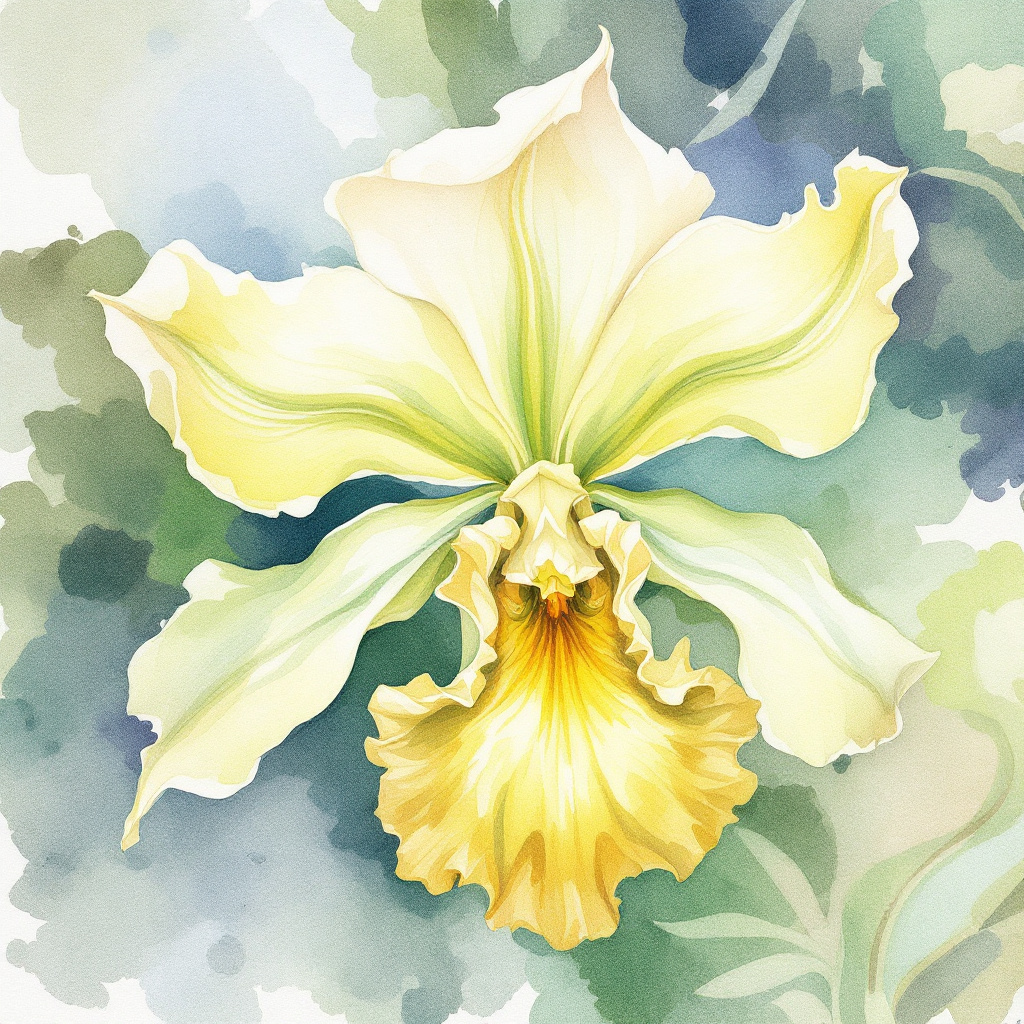
In visual art, orchids frequently appeared in still-life paintings and botanical illustrations. Renowned artists, such as Giovanni Battista Tiepolo and Gustav Klimt, skillfully integrated orchids into their compositions, using them to enhance the overall aesthetic appeal of their works. The use of vibrant colors and intricate details portrayed the flowers as symbols of exoticism and sophistication, capturing the viewer’s imagination and evoking a sense of admiration for the natural world. These artistic representations not only celebrated the physical beauty of orchids but also served to communicate deeper meanings, reflecting society’s evolving understanding of nature’s complexities.
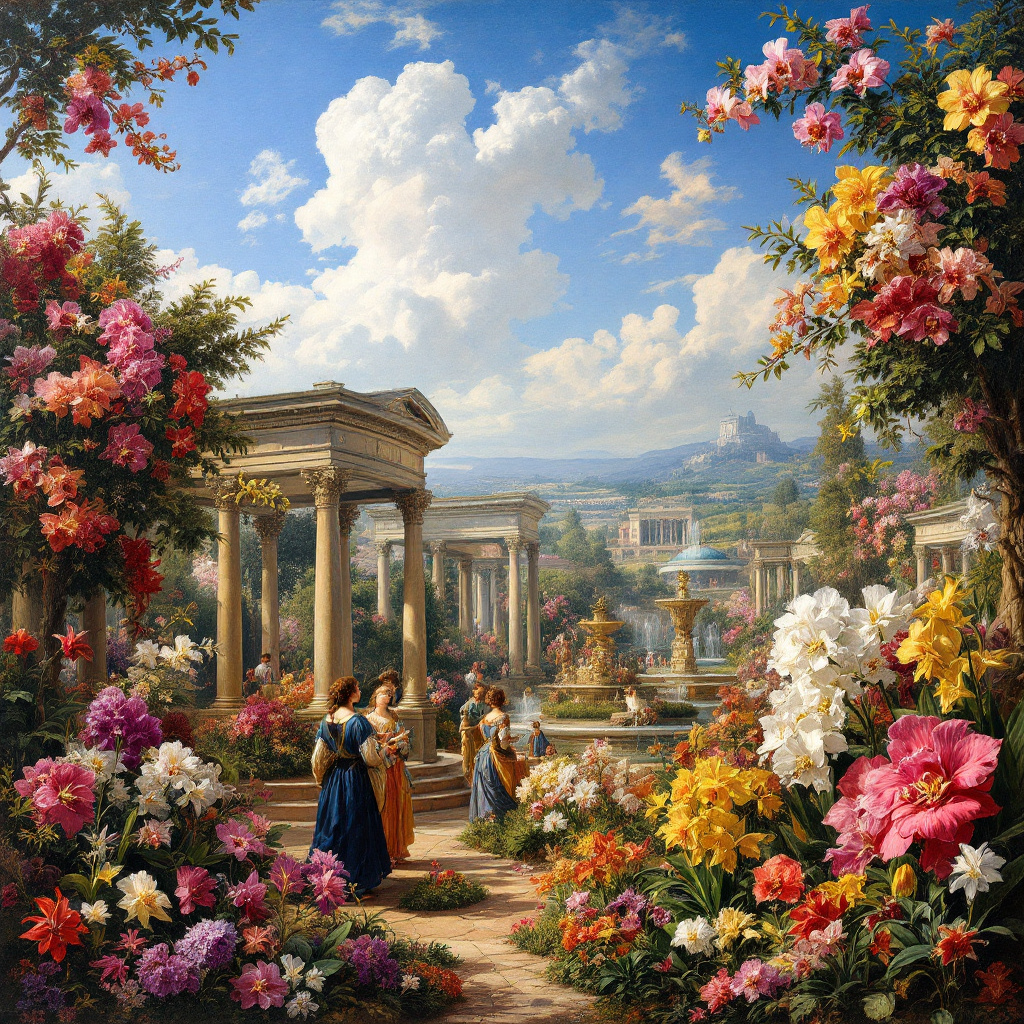
Literary texts from the Renaissance and Enlightenment periods further illustrate the growing significance of orchids within cultural narratives. Writers, such as John Keats and Emily Dickinson, employed orchid motifs to convey themes of beauty, transience, and desire. In their poetry, these flowers often symbolized unattainable ideals or the intricacies of love, intertwining the natural and the emotional in profound ways. This metaphorical use of orchids highlighted the interconnectedness of human experience and the natural world, reinforcing the notion that beauty is both a physical and philosophical pursuit.
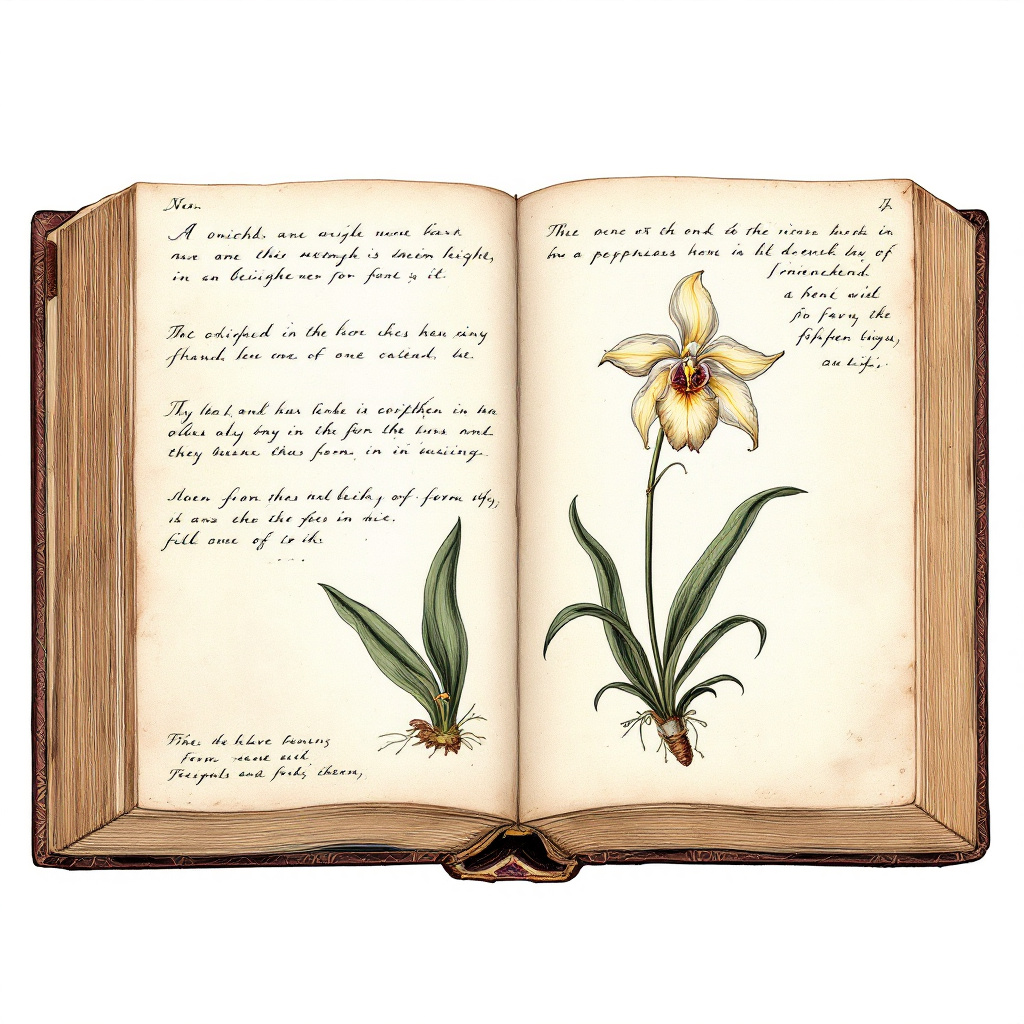
Through art and literature, orchids became emblematic of a transformative era, serving to inspire and fascinate audiences while enriching the cultural narrative of beauty and nature.
The Victorian Obsession with Orchids
The Victorian era, spanning from 1837 to 1901, marks a significant chapter in the history of botany, particularly in the realm of orchid fascination. During this period, as the British Empire expanded, so did the interest in exotic plants, leading to a burgeoning demand for orchids among the wealthy elite. Wealthy collectors, often referred to as “orchid hunters,” would embark on expeditions to remote corners of the globe to discover rare species, which were often displayed in opulent glasshouses or conservatories. This enthusiasm not only fueled horticultural societies but also gave rise to numerous orchid societies across England, promoting the appreciation and cultivation of these mesmerizing flowers.
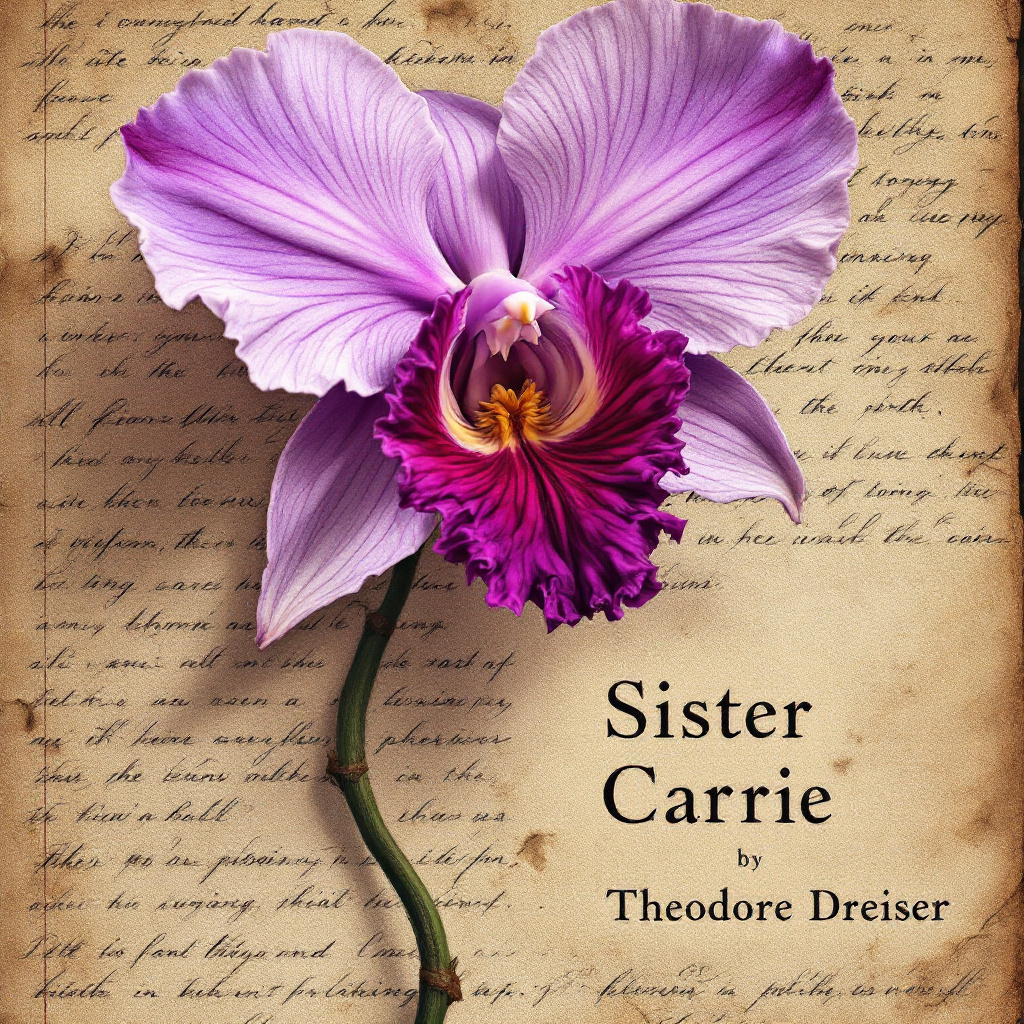
Moreover, the obsession with orchids extended beyond mere botanical interest; it became a symbol of status, allure, and romantic intrigue. In literature, authors frequently employed orchids as a motif to represent the complexities and societal constraints of the Victorian era. The delicate nature of orchids paralleled the fragility of societal norms, particularly surrounding love and relationships. Theodore Dreiser’s “Sister Carrie” and the works of Thomas Hardy often featured orchids, using them as devices to reflect characters’ emotional states and social aspirations. The connotation of orchids as luxurious yet unattainable mirrored the social hierarchies that dominated the Victorian landscape.

In the decorative arts, the portrayal of orchids in paintings, ceramics, and textiles further illustrated their significance in Victorian culture. Artists like Odilon Redon depicted orchids with intricate detail, capturing their exotic beauty and ethereal qualities. These representations positioned orchids as emblems of mystery and desire, showcasing not only the artist’s skill but also underscoring the societal allure surrounding these captivating flowers. Thus, the Victorian obsession with orchids serves as a fascinating lens through which we can examine the interplay between nature, art, and the social fabric of the time.
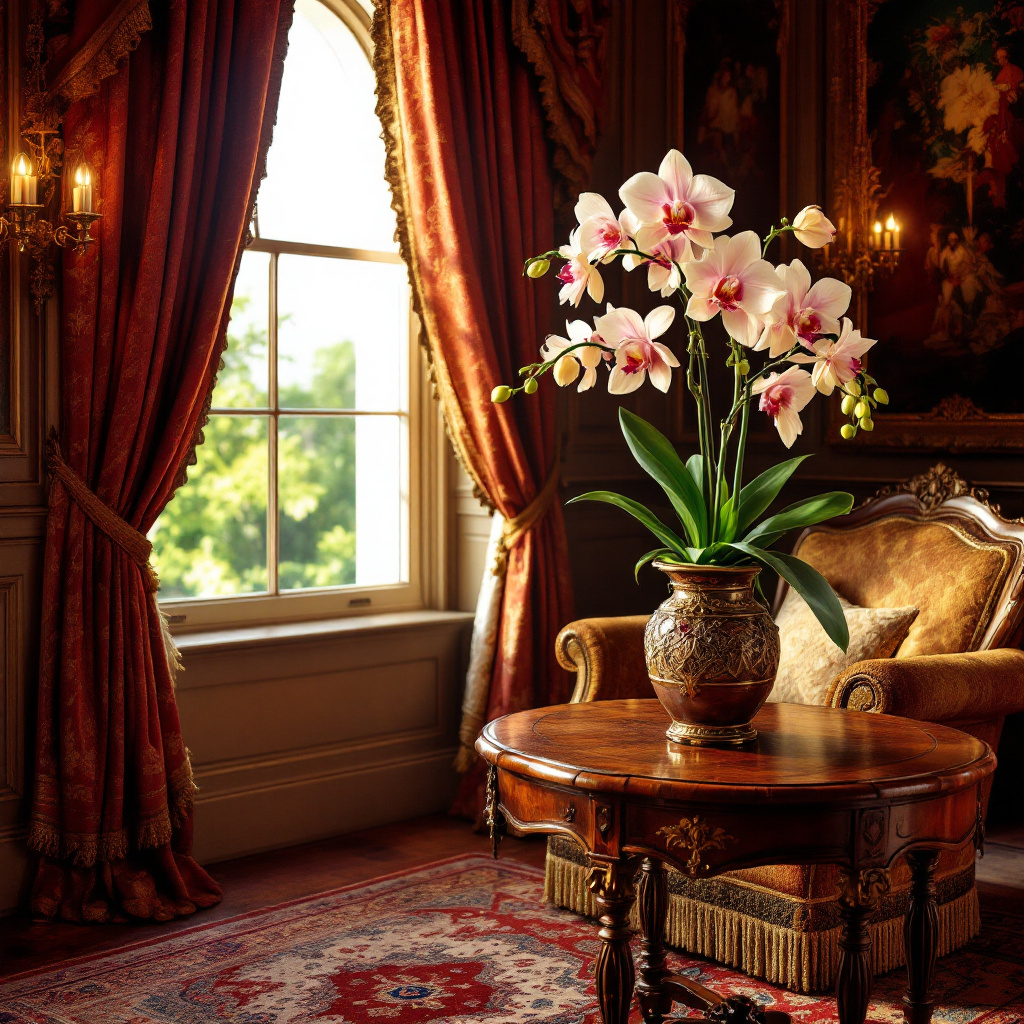
Modern Interpretations: Orchids in Contemporary Literature and Art
Orchids have consistently inspired a multitude of artists and writers throughout history, and their allure continues to captivate contemporary creators. In modern literature, the orchid often serves as a symbol of beauty, complexity, and transient elegance. For instance, in several recent poems, authors utilize the orchid as a metaphor for personal transformation, reflecting the intricate nature of human emotions. Its delicate blooms resonate with themes of identity, fragility, and resilience. Works such as “Orchid” by contemporary poet Michael Cirelli explore this relationship, revealing how the metaphor of the orchid speaks to the nuances of self-discovery and growth.
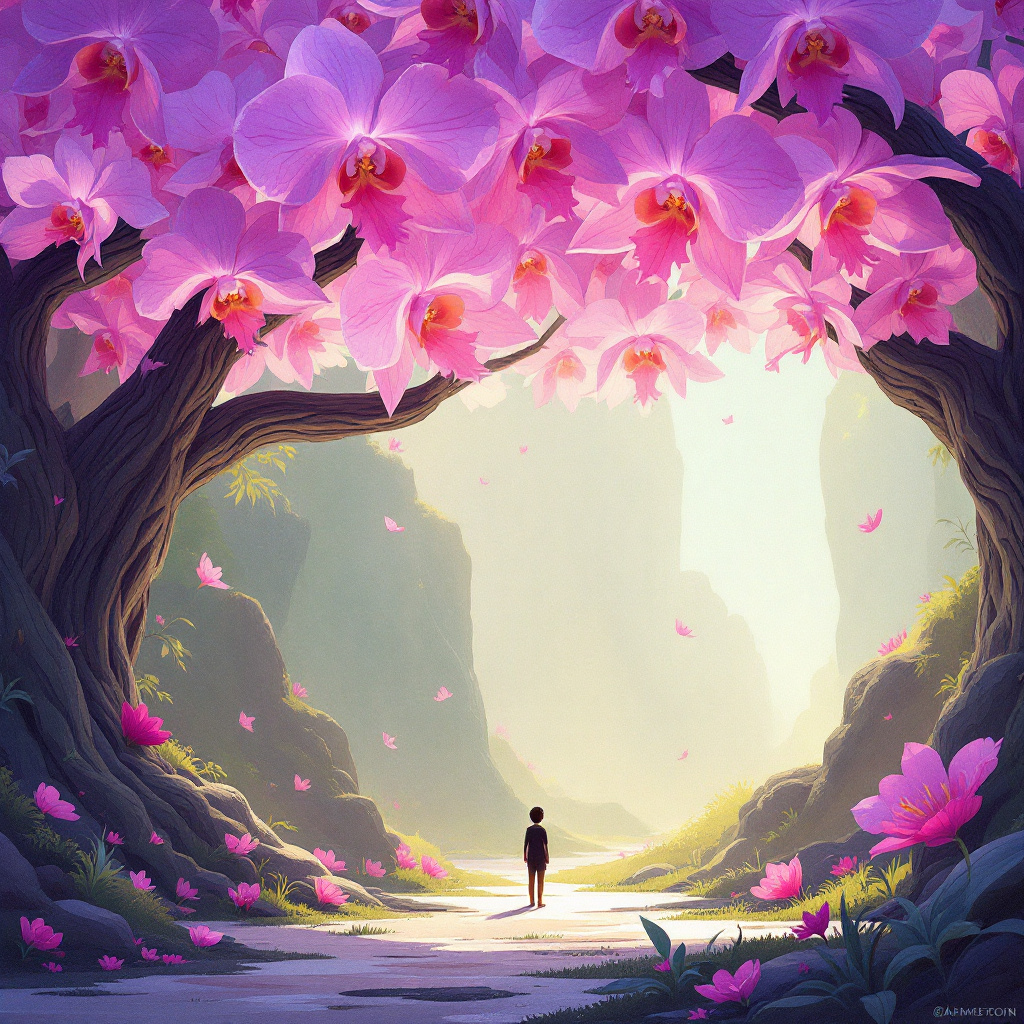
In the realm of visual art, contemporary artists frequently employ the orchid motif to delve deeper into interdisciplinary themes. The vibrant hues and intricate shapes of orchids allow artists to explore concepts surrounding beauty and nature’s landscapes. Notable artists, such as the American painter Amy Kollar Anderson, interweave the fascinating forms of orchids into their work, challenging viewers to appreciate the emotional depth that this flower represents. By utilizing orchids, these artists invite reflection on the connections between nature, culture, and personal identity, cultivating a dialogue between the observer and the observed.
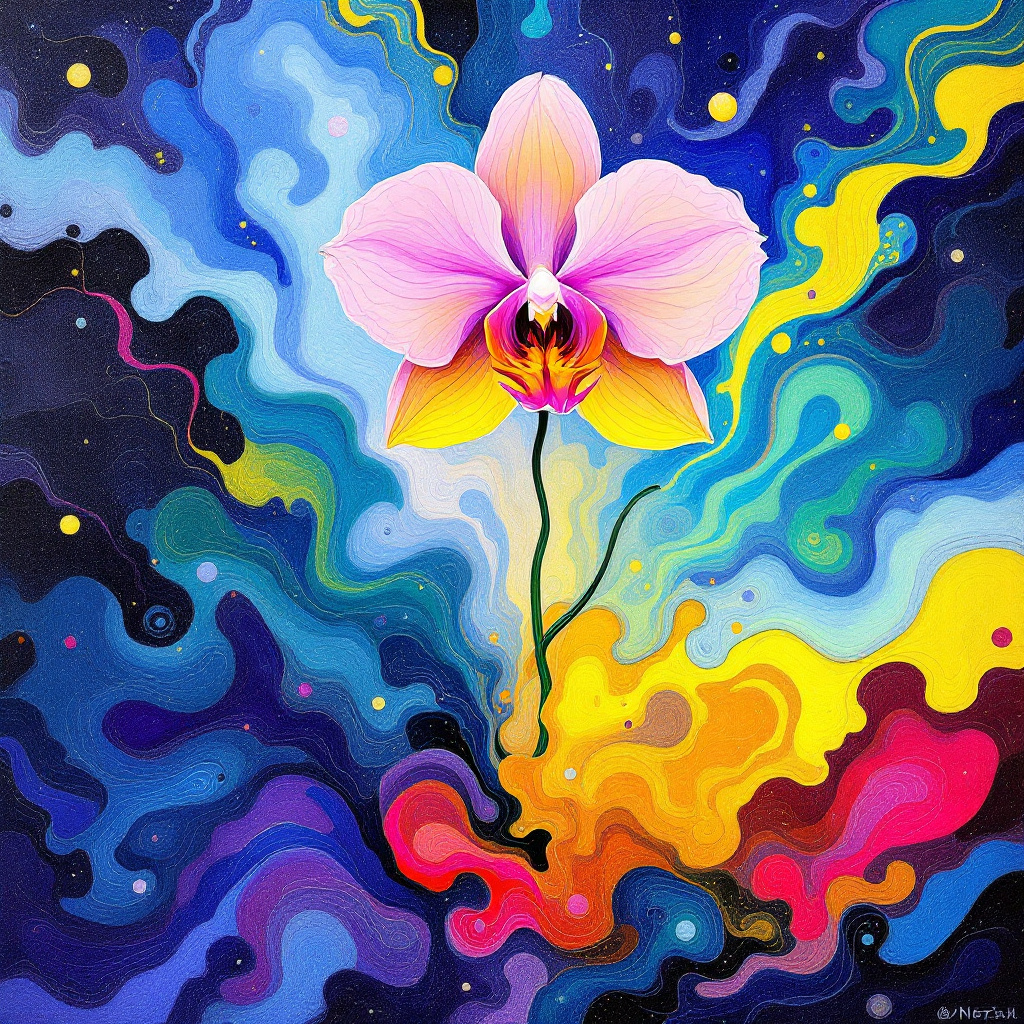
Moreover, orchids permeate popular culture, often featured in films and television shows as symbols of sophistication and desire. This continued representation highlights their enduring significance in contemporary society. As these modern interpretations reflect historical significance, they reveal how the orchid has evolved from a rare botanical curiosity in the Victorian era to a prominent cultural icon. Thus, the orchid not only maintains its role as an object of fascination but also inspires ongoing discussions about nature, beauty, and the human experience in today’s artistic and literary landscape.
